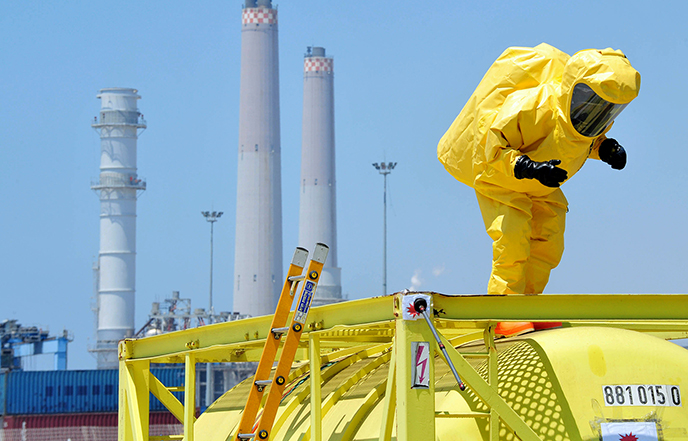Industry
Government & Defense
Company HQ
Massachusetts
Number of Employees
10-25 employees
Client Since
2017
For a government contractor that works closely with federal and state counterterrorism, and law enforcement agencies, security is essential to their operations. This organization provides cost-effective nuclear and radiation detection solutions to aid in the prevention of terrorism and localized nuclear threats, and they support farmers, agriculture businesses, and climate scientists with advanced nuclear insights.
When a new Department of Defense compliance mandate was issued, the firm partnered with Davin Tech Group to strengthen cybersecurity, reduce overall risk, and better manage remote detection sites.
We supported the team by designing and implementing their network infrastructure to meet Defense Federal Acquisition Regulation Supplement (DFARS) compliance requirements and centralize IT operations.
The challenge
Meet DFARS security compliance and improve remote detection management
The firm had begun their initial efforts to strengthen internal cybersecurity and risk management programs in anticipation of the Department of Defense’s (DoD) DFARS compliance mandate. The DFARS compliance mandate requires all DoD contractors to implement and comply with the National Institute of Standards and Technology (NIST) 800-171 security standard. The NIST 800-171 standard pertains to the protection of unclassified information in non-federal information systems and organizations.
As the firm continued to expand, management of remote detection sites became more burdensome as each new site was brought online.
The goals
Strengthen cybersecurity and network infrastructure
In addition to meeting DFARS compliance requirements, this government contractor wanted to improve overall cybersecurity. The firm also required a solution that maintained DFARS compliance status while streamlining their ability to manage and access the infrastructure at remote detection sites.
The solution
Implement centralized network management and robust cybersecurity measures
Our team began by assessing the firm’s DFARS compliance obligations, existing on-premise network infrastructure, and configuration of the remote detection sites to determine which technologies and FIPS 140-2 validated network infrastructure would be required to comply with NIST 800-171
The process
Assess compliance requirements and existing infrastructure, then design a secure network
After completing our technology assessment, we met with the organization’s executive team to propose various in-budget network configurations that would meet their robust security and encryption requirements. The proposed solution enabled their engineering team to centrally manage all remote detection sites while maintaining their DFARS compliance requirements and IT controls.
The outcome
DFARS compliance and a foundation for growth
The selected network infrastructure consisted of a FIPS 140-2 validated security appliance and FIPS 140-2 validated cellular gateways due to the mobility and top-secret locations of the remote detection sites. This solution ensured that all network traffic would remain encrypted using a FIPS validated cryptographic algorithm.
The results
The firm can innovate confidently in the nuclear and radiation detection space
After the completion of the network infrastructure assessment and security appliance implementation, the firm went on to complete their DFARS compliance requirements and continues to innovate within the nuclear and radiation detection industry.









